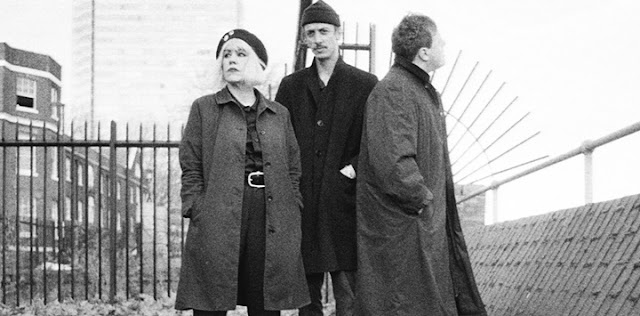‘Patchwork punk’ was an odd term which in retrospect, it doesn't really do them justice as it suggests a random discontinuity of styles when actually, although they’re all over the place musically, there is a coherence to the album. Listening to A is for Activistas I almost thought of about a thousand bands but couldn't quite remember any of them. Imagine Chas and Dave became anarcho-communists, got together with The Slits and recorded an album with Dave Greenfield guesting on keyboards!
Ramshackle, music hall, East End knees up punk, is that a thing?
The subject matter is similarly diverse although in some ways it isn’t that far off being a concept album in the sense that it expresses a compassionate, anarchist world view from below. And in some ways that sums it up; paradoxical. Whimsical and angry, humorous and serious. Eclectic yet with a sense of continuity. Scattergun and coherent.
Nine tracks covering mental health, animal rights, corporate malpractice, poverty, political frustration, the character of the current incumbent of No. 10. Rhythmically tight with looser vocals over the top its engaging, humorous, angry. Track 5 is a bit of a surprise, like someone wandered into the knees up with a song they’d written at home the night before; part protest song, part whimsical melodic homage to Bowie, reality and hope. Next track is an excellent take on the environmental crisis, ‘Mother Earth is dying, dance upon her grave, lets lift a glass to the fuck we never gave’...take the piss out of Greta for speaking truth to power, will we still be laughing in the final hour?... Mother Earth is dying, dance upon her grave, lets lift a glass to the fuck we never gave’. Track 8, ‘Take My Hand’ has an ace keyboard thing going on. Track 9 is an alternative take on history, applying its lessons to the present.
If you’re missing live music, camaraderie, music that's bothered and a laugh and fancy an anarcho communist knees up, give it a listen!
It’s here: https://activistas.bandcamp.com/releases?fbclid=IwAR3piopCwzAnzJNkvyh95zZ0lpeWkhID4LE_-5aIMLnriq7376hc0vQu6Iw



